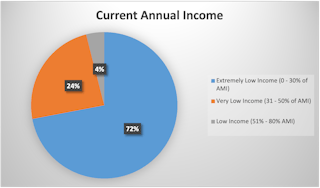The housing crisis has been worsened by the COVID-19 pandemic, and residents are experiencing abrupt life changes – emotionally, socially, and economically.
They are faced with a rapid loss of wages, loss of health insurance or unaffordable healthcare costs, loss of childcare or increased childcare costs, or other emergency financial impacts that put them at a greater risk of displacement from their homes due to an inability to pay rent, make mortgage payments, or other personal and housing costs.
Rental and Homeowner Financial Assistance for Housing Security
The goal of the Keep Oakland Housed (KOH) Program is to assist renters and homeowners who are the most severely impacted by the COVID-19 health pandemic and who are most at risk of losing their home and becoming homeless as a result of COVID-19 health and economic impacts. Program partners accomplished this goal by providing direct emergency financial assistance to address renter and homeowner needs.
KOH Program Partners:
- Bay Area Community Services (BACS)
- Catholic Charities East Bay
- Centro Legal de la Raza
- Housing and Economic Rights Advocates (HERA)
Program Selection Criteria
Applicants for program assistance submitted an application form and required documentation to demonstrate their eligibility. Eligibility requirements were:
- A current Oakland resident
- At risk of losing their home
- A low-income individual or household
- Experienced a COVID-19 related loss of income or increased expenses
Applications were prioritized based on need and severity of COVID-19 impact, targeting the following: 1) previous homelessness, 2) extremely low income (30% of AMI and below), and 3) living in a zip code identified as having experienced high rates of the COVID-19 infection.


